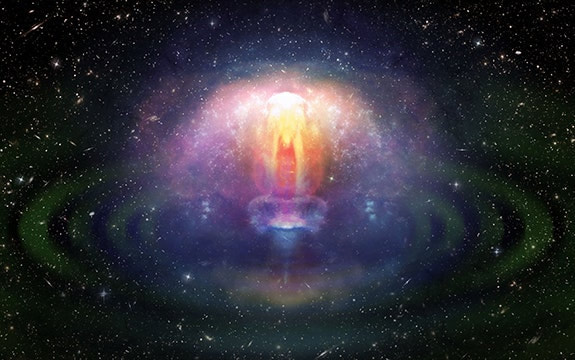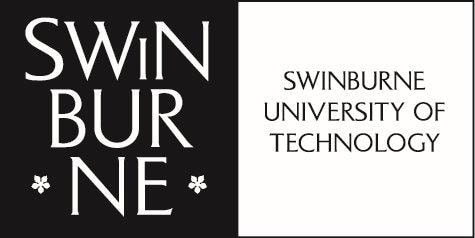A glimpse into the past, present and future: Hubble constant measured by neutron star fireball9/7/2019 Image by James Josephides. The Hubble constant is one of the most fundamental pieces of information that describes the state of the Universe in the past, present, and future. It tells us how fast the Universe is expanding – a valuable piece of information in science’s search for answers.
The two best ways of estimating the Hubble constant are based on: the background hiss of the Universe left over from the big bang (the ‘Planck’ observations of the cosmic microwave background radiation), and on massive stars blowing themselves to pieces in the distant Universe (‘type 1a supernovae’ observations). According to the measurements of the exploding stars, the Universe is expanding a bit faster than the measurements of the background hiss would indicate, and the difference is now very significant. So, either one of them is incorrect or something is missing in our understanding of physics and cosmology. We’d like to know what is really happening in the Universe, so we need a third, independent check. This is where the merger of two neutron stars can shed some light. Neutron star mergers are phenomenally energetic events – two stars, each more massive than the Earth’s Sun, whip around each other hundreds of times per second before colliding and producing an enormous blast of material, light and gravitational waves. In 2017, gravitational waves and light were first detected from a neutron star merger that had occurred 130 million years ago, in an event scientists refer to as GW170817. Scientists realised that a burst of gravitational waves can be used as a ‘standard siren’: based on the shape of the gravitational wave signal, we can tell how ‘bright’ the event should have been in gravitational waves. We can then measure the actual brightness of the event and work out what the distance must have been. However, this only works well if we know how the merging stars were oriented on the sky (edge on, face on, or somewhere in between). The gravitational wave data itself can’t accurately tell whether a merger was nearby and edge on, or distant and face on. To answer that question, a team including OzGrav Associate Investigator Adam Deller used radio telescopes to take a super-high-resolution movie of a narrow but powerful jet of material left behind after two neutron stars merged in the GW170817 event. The resolution of the radio images was so high, if it was an optical camera, it would see individual hairs on someone’s head 10 km away. By examining the miniscule changes in this radio-emitting bullet of gas (compared against models developed by supercomputers), the angle of the jet and the orientation of the merging neutron stars was found. Using this information, Adam and the team could tell how far away the merging neutron stars were and, by comparing this with how fast their host galaxy is rushing away from the Earth, they could finally work out the prized Hubble constant. Despite this incredible result, which is published in Nature Astronomy today, the current measurement is still not good enough to distinguish between ‘Planck’ vs ‘Type 1a supernovae’. Further observations of merging neutron stars will soon lead to a more accurate Hubble constant.
0 Comments
Leave a Reply. |
|
- Home
- About
-
Our People
- Chief Investigators
- Partner Investigators
- Associate Investigators
- Postdocs and Students >
- Professional & Outreach staff
- Governance Advisory Committee
- Scientific Advisory Committee
- Executive Committee
- Equity & Diversity Committee
- Early Career Researcher Committee
- Professional Development Committee
- Research Translation Committee
- OzGrav Alumni
- Research Themes
- Education and Outreach
- Events
- News/Media
- Contact Us
- Home
- About
-
Our People
- Chief Investigators
- Partner Investigators
- Associate Investigators
- Postdocs and Students >
- Professional & Outreach staff
- Governance Advisory Committee
- Scientific Advisory Committee
- Executive Committee
- Equity & Diversity Committee
- Early Career Researcher Committee
- Professional Development Committee
- Research Translation Committee
- OzGrav Alumni
- Research Themes
- Education and Outreach
- Events
- News/Media
- Contact Us


 RSS Feed
RSS Feed








